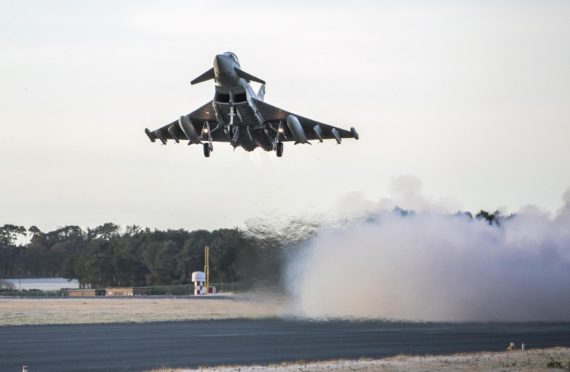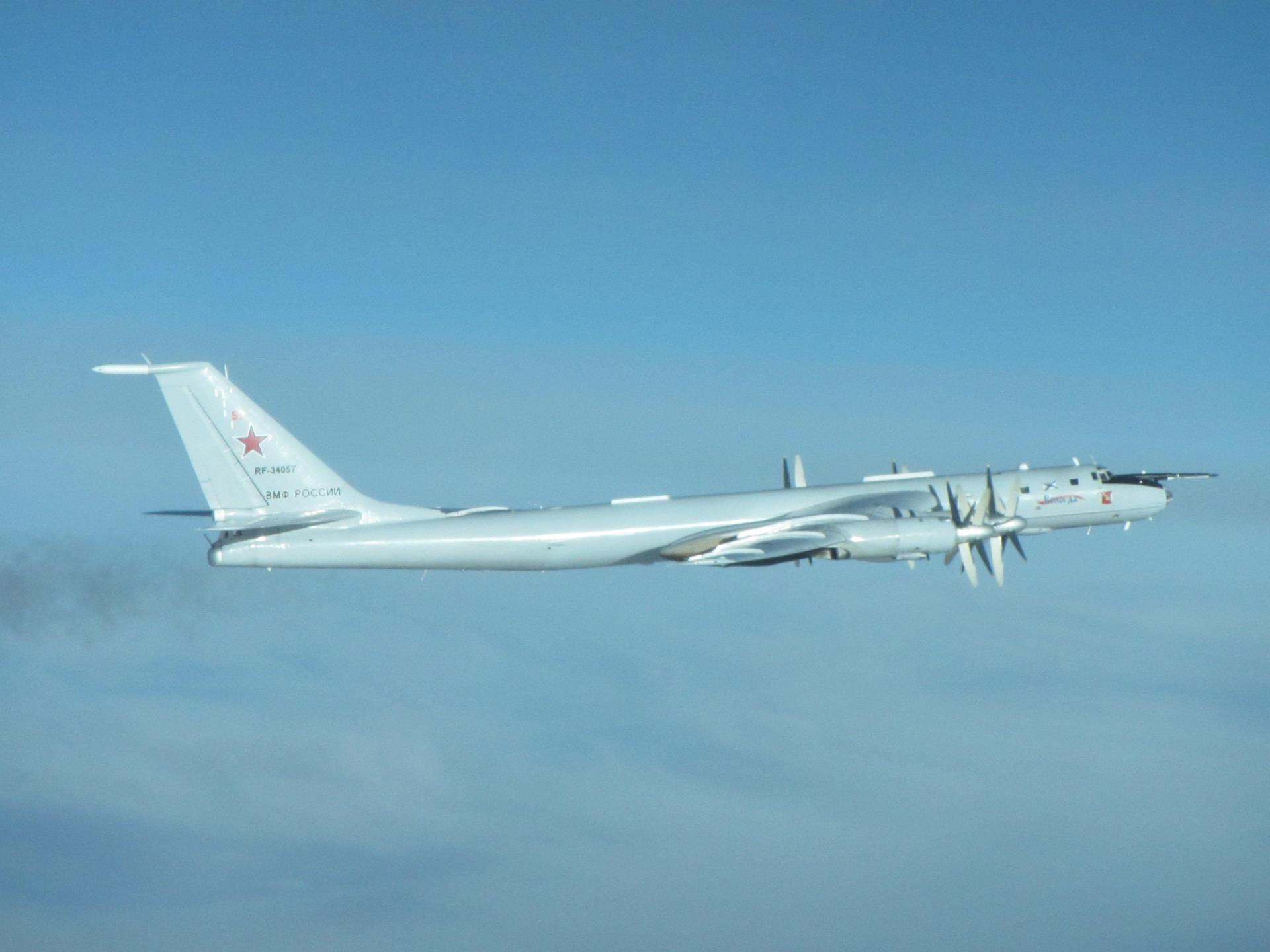Typhoon jets based at RAF Lossiemouth were today scrambled to intercept two Russian aircraft that were identified to be working close to UK airspace.
The jets launched from Lossiemouth shortly before 8am and were joined by an RAF Voyager from RAF Brize Norton which served to refuel the aircraft.
The two Russian Tu-142 Bear F aircraft were intercepted after other Nato resources joined the RAF Lossiemouth Typhoons.
The Tu-142 Bear F aircraft are used for reconnaissance and anti-submarine warfare aircraft.
The RAF has said it is essential that their movements are carefully monitored when operating so close to sovereign airspace as Russian military aircraft operating within the UK Flight Information Region, in this busy portion of airspace over the North Sea, can act as a hazard to other air users.
An RAF Lossiemouth spokesman said: “The Quick Reaction Alert crew did a fantastic job, locating aircraft that were not easy to detect very quickly.
“Again, the RAF has scrambled to defend the interests of the UK and Nato.
“It demonstrates the efficiency and resilience of our personnel, aircraft and systems.”
The invading aircraft usually operate under the radar and do not “squawk”, a process that involves transmitting a code to identify the aircraft’s intentions, position and altitude.
Communications with UK air traffic control usually does not take place either which can present a risk to airliners operating in the area.
To deter this activity, RAF Typhoons shadowed the two Russian Bears and closely monitored their movements.
The incident concluded in the early parts of this afternoon, with typhoons returning to Lossiemouth and the Voyager returning to RAF Brize Norton.
The typhoons were quickly returned to a state of readiness, available to respond to other potential threats.

